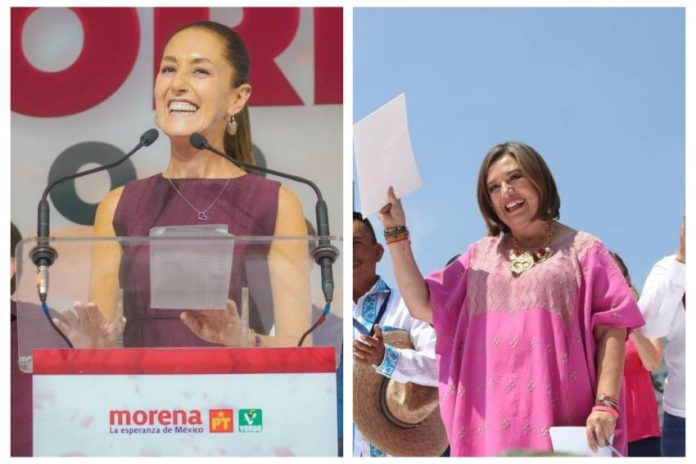Yesterday the eyes of the world were on Mexico as Claudia Sheinbaum was selected to represent Morena in 2024, making it the first time that two women will represent the major parties in a presidential election.
Xóchitl Gálvez and Claudia Sheinbaum, both engineers, both in their early 60s, will most certainly make for a fascinating race next year.
Here are seven interesting facts about female leadership in Mexico today:
- While this is the first time that two women represent the major Mexican parties in a presidential election, it is not the first time that women have run for executive office. In fact, the country has had a total of six women candidates in its modern history, including the first in 1982 (Rosario Ibarra de Piedra), and the most recent (Margarita Zavala) in the 2018 elections. And another woman, PRI Senator Beatriz Paredes, was Xóchitl Gálvez’s rival for the Broad Front for Mexico (FAM) candidacy in 2024.
- Mexico has made steady progress in women’s representation in politics in the past decades. In the year 2000, only 16% of Mexican lawmakers were women. The National Electoral Institute (INE) began implementing quotas to reduce the gap in gender representation in 2014, and today, the country has achieved gender parity in both chambers of congress. In comparison, 30% of the members of the House of Representatives in the United States are women, and they make up just 25% of the Senate.
- Mexico ranks first in the Group of 20 (G20) nations in degree of women’s political representation. For some perspective, the United States Congress ranks 71st in the world in terms of gender parity.
- In the legislatures of Mexico’s 32 states, women make up 47% of the lawmakers, which is up 10% since 2018.
- Nine of Mexico’s 32 states have a woman governor today, the highest number ever.
- Three of the Bank of Mexico’s five board members are women, including the chair.
- The first woman chief justice of Mexico’s Supreme Court, Norma Piña, took office this year.
Mexico still has a long way to go in improving women’s lives, and many Mexican women still deal with violence, discrimination and lack of opportunities on a daily basis. But there is reason for optimism with so many women now in positions of political leadership.
